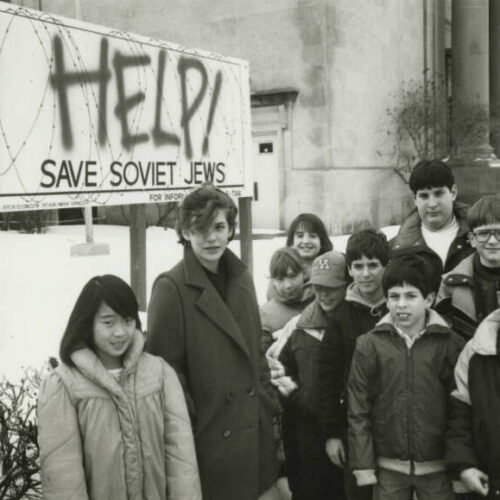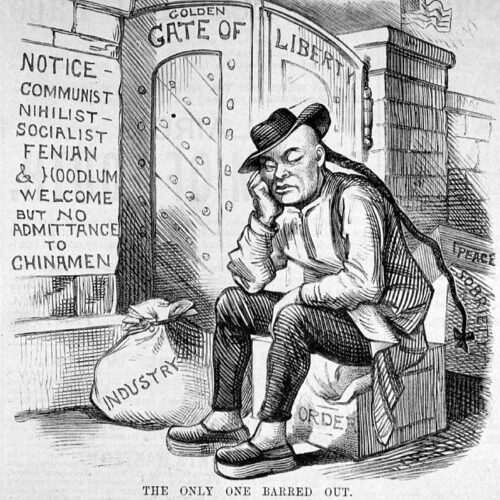Lessons
In Solidarity: Southern Jews and the Civil Rights Movement

State standards
Results
Length: 60-120 minutes | Grades: 6-12 | Themes: Jewish values, democratic values
Lesson Overview
The Civil Rights Movement of the 1950s and 1960s fought for racial equality in the United States, facing fierce resistance from those defending segregation. Even among supporters, there were mixed feelings about how quickly and broadly change should happen. In Birmingham’s Jewish community, many wrestled with the tension between standing up for justice and protecting their own safety. In the years since, they have reflected more critically on their role during that time.
In this lesson, students reflect on the roles individuals take on in social change movements and the tensions between deeply held values and the personal risks such involvement can bring. Using the Jewish community in Birmingham, Alabama as a case study, students will examine primary sources to better understand the community’s actions.
Enduring Understanding
The relationships that individuals and communities have to social change movements evolve and are determined by the interplay between values, risks, and social context.
Jewish people did not have one fixed or unified position on racial justice during the Civil Rights Movement.
Among Jews who acted in solidarity during the Civil Rights Movement, the Jewish value of justice for all explicitly motivated people’s actions.
Essential Questions
What motivates people to participate in social change movements?
How do values influence people’s actions during times of social change?
Learning Objectives
Students will be able to identify how values influenced people’s behavior during the Civil Rights Movement.
Students will be able to critically analyze a variety of primary source texts in order to evaluate the complex motivations and decisions of Jews during the Civil Rights Movement.
Students will be able to discuss the multiple ways Jewish people articulated their positions on the Civil Rights Movement in the 1960s.
Toolkit
-
Southern Jews and the Civil Rights Movement lesson plan
-
Southern Jews and the Civil Rights Movement slide deck
-
Southern Jews and the Civil Rights Movement handout
-
In Solidarity film





